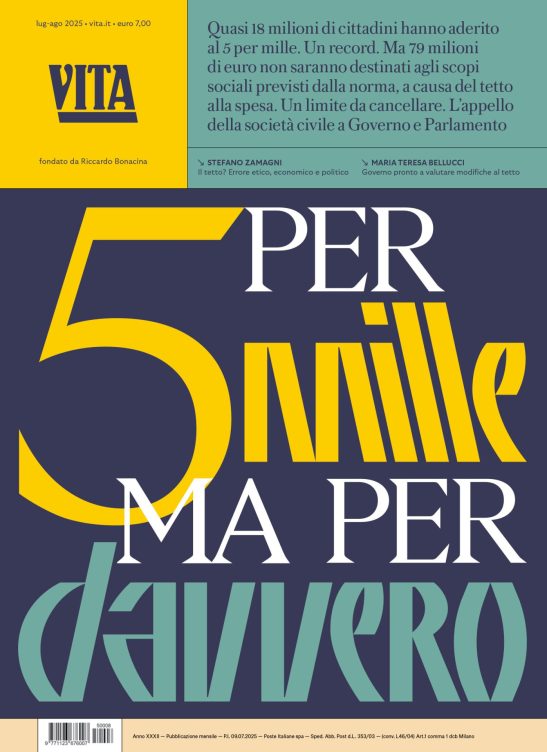Sostenibilità
Spain: changes in the use of the land
A report by the Observatory on Sustainability in Spain reveals the changes in the use of the Spanish land and their effects on sustainability
di Ges
On the basis of the assumption that the use of land and its evolution is a basic indicator to assess sustainability and that very quick changes have happened in this field in Spain in recent years, the Spanish Observatory on Sustainability has conducted a report based on the analysis of satellite images of the Spanish territory in two specific years: 1987 and 2000. The study, which also includes a prospective chapter, has revealed that the deepest and probably more transcendental changes are related to an increase by 29,5% in the artificial use of land both in internal and coastal areas between those years. Irrigation lands have been created where there were dry lands, in many cases in areas with a scarcity of water. Internal transformations have also occurred in forests due to both fires and reforestation, which are keeping the number of wood hectares fairly constant but have reduced the presence of great wood areas, the most relevant for ecological recovery. In addition, a decrease in the number of wet natural areas (3%) has been observed whilst wet artificial areas have increased by 19%. The urban model has also evolved from a vertical pattern to an horizontal one, particularly in areas around Madrid and in the Mediterranean region. At the same time, new infrastructures have been created which are a consequence of a model of economic development based on sectors such as tourism and construction. Spain, together with Ireland and Portugal, appears to be one of the countries where this artificial use of land has most increased. Spain is also one of the countries with a larger number of dwellings/inhabitant and one of the countries where more buildings are erected every year: 18,1 new dwellings per 1000 inhabitants and year, the European average being 5,7. It does not seem likely that this trend is going to change in coming years: there is a strong demand by Europeans of dwellings in island and coastal areas. Second homes are also on the increase, despite the difficulties encountered my many people to have access to a flat of their own or to a rented one. It can be concluded, therefore, that the economic development of Spain is partly based on the destruction of the natural and social assets of its territory, which is suffering from a short and long-term pressure. This is an increasing unsustainable scenery which requires a change of paradigm through the appropriate means of planning and social participation. www.sostenibilidad-es.org/observatorio%20sostenibilidad
Nessuno ti regala niente, noi sì
Hai letto questo articolo liberamente, senza essere bloccato dopo le prime righe. Ti è piaciuto? L’hai trovato interessante e utile? Gli articoli online di VITA sono in larga parte accessibili gratuitamente. Ci teniamo sia così per sempre, perché l’informazione è un diritto di tutti. E possiamo farlo grazie al supporto di chi si abbona.
